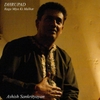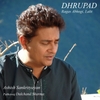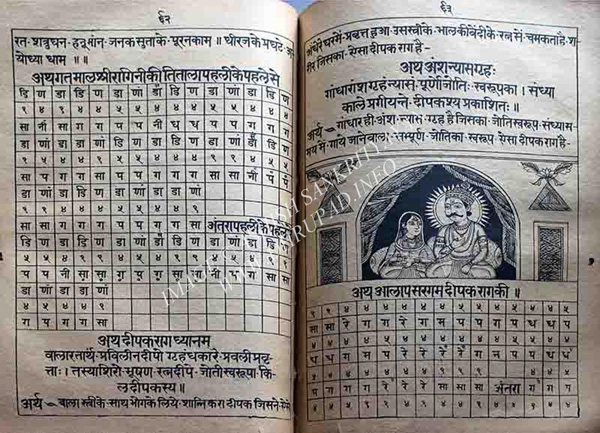Dhrupad is the oldest surviving form of Indian Classical music
and traces its origin to the chanting of vedic hymns and mantras.
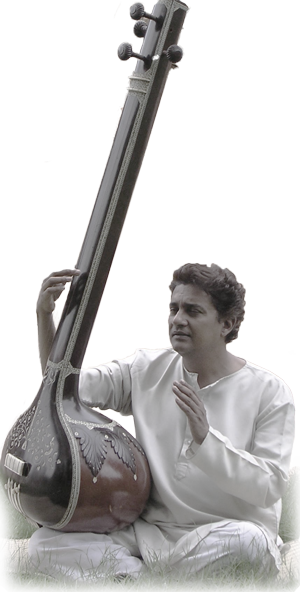
Ashish Sankrityayan
Ashish Sankrityayan is an exponent of the Dagar tradition of Dhrupad. He has trained for twenty years under three maestros of the Dagar family and is well known for his frequent concert appearances and teaching. Ashish Started his musical training at an early age, first learning the sitar and subsequently vocal music. Continue...
Dhrupad Maestros
For the past five centuries Dhrupad has mainly thrived under the patronage of Mughal and Rajput kings. The picture below shows Dhrupad singers Zākiruddīn Khān, Allābande Khān, Ziāuddīn Khān and Nasiruddīn Khān (clockwise from top left) the foremost Dhrupad singers in the beginning of the twentieth century. The descendants of Zakiruddin Khan and Allabande Khan adopted the name of the genre (The Ḍāgar or Ḍāgur Bānī of Dhrupad) as their family name and acquired renown as the Dagar brothers.
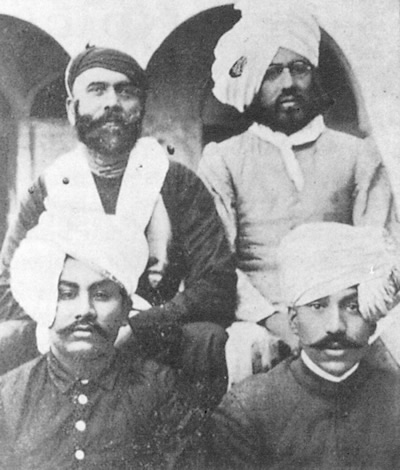
Concerts
2016
- 3rd February Berlin
- 4th, 5th February Hallein (Austria)
- 6th February Vienna (Austria)
- 20th March Paris
- 21st to 25th March Hannover
- 25th, 26th March Kempten (Germany)
- 2nd February Vienna (Austria)
- 16th April Jabalpur
- 6th May Ujjain
- 20th May Copenhagen
- 21st, 22nd May Salzburg, Hallein
- 1st July Memmingen
- 1st to 8th August Rasa (Switzerland)
2015
- 11th April Copenhagen
- 28th May Fribourg (Switzerland)
- 29th May Palezieux (Switzerland)
- 30th May Geneva (Switzerland)
- 13th June Copenhagen
- 18th September Copenhagen
- 20th September Bubikon Zurich
- 7th November Copenhagen
- 12th November Berlin
- 14th November Krugzell/Altusried Allgäu (Germany)
- 15th November Krugzell/Altusried (Germany) Workshop
For a complete list click here
-
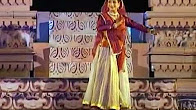
Kathak Dance to a Dhrupad composition in Sutaal (10 beats) by Chaturbihari Das. Choreography and...
-
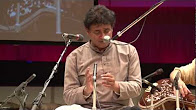
Dhrupad of the Dagar Tradition - Alap and Dhamar in Raga Bageshree by Ashish Sankrityayan...
-
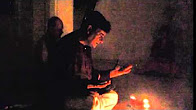
Alap in Raga Bihag in the Dagar tradition of Dhrupad by Ashish Sankrityayan. Tanpuras Jan...
-
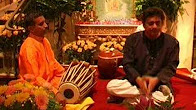
Excerpt from a concert by Dhrupad singer Ashish Sankrityayan singing Alap in raga Yaman at...
-
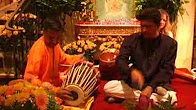
Concert in Hannover 2007. Dhrupad Vocal Dagar Bani - Tansen composition in Raga Yaman performed...
-
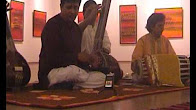
Short Alap and Dhamar 14 beats in Raga Khamaj - Ashish Sankrityayan - pakhawaj Dalchand...
-
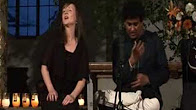
Dhrupad Alap improvisation in Ragas Bhairavi and Patdeep with a Swedish folk melody and Swedish...
-
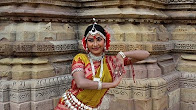
Odissi Dance choreographed to a Dhrupad composition of Swami Haridas in Tivra Tala ( 7...
A short note on Dhrupad
Dhrupad is the oldest surviving form of Indian Classical music and traces its origin to the chanting of vedic hymns and mantras. Though a highly developed classical art with a complex and elaborate grammar and aesthetics, it is also primarily a form of worship, in which offerings are made to the divine through sound or nāda. Dhrupad can be seen at different levels as a meditation, a mantric recitation, a worship, a yoga or tantra based on the knowledge of the nāḍis and cakras and also purely as a performing art portraying a universe of human emotions.
Dhrupad is a vocal tradition based on the practice of nāda yoga, and is also performed on instruments like the Rudra Vīṇā , the Sursṛṅgār. or the Rabāb For the past five centuries Dhrupad has thrived primarily under the patronage of Mughal and Rajput kings. The descendants of Zakiruddin Khan and Allabande Khan adopted the name of the genre – the Ḍāgar Bānī of Dhrupad – as their family name and acquired renown as the Dagar brothers.
They kept this art alive in the difficult period after 1947 when it lost the patronage of the royal courts. Zakiruddin and Allabande Khan were brothers and disciples of their grand-uncle Baba Behram Khan, and served respectively in the royal courts of Udaipur and Alwar.
They were the foremost Dhrupad singers of their times (late nineteenth and early twentieth century) and were greatly respected for their singing and erudition. Their performances are still remembered with awe and reverence. Please see more details about Zakiruddin and Allabande and their descendants the Dagar Brothers here.
Although Dhrupad and its preceding forms originated in the chanting of vedic hymns and mantras, it gradually evolved into an independent art form with its own complex conceptual basis and grammar. Dhrupad was originally sung in temples and later thrived under the patronage of Mughal and Rajput kings. Fundamental to Dhrupad singing is the practice of Nāda Yoga, in which, through various yogic practices, the singer develops the inner resonance of the body, and can make the sound resonate and flow freely through the entire region from navel to head. This enables the singer to produce a vast palette of subtle tone colours and microtonal shades. The processes of Udātta, Anudātta and Svarita play the same fundamental role in Dhrupad singing as in Vedic recitation.
A Dhrupad performance starts with the alāp which is a slow and elaborate development of a Rāga (mode) using free flowing melodic patterns. The elaboration of Dhrupad alāp is done using the syllables of a mantric phrase 'om antaran twam, taran taaran twam, ananta hari narayan om'. The phrases of Dhrupad alāp are very slow and contemplative in the beginning, but the tempo increases in stages, and in the faster passages playful and vigorous ornaments predominate. The audio and video samples on this site give examples of different facets of Dhrupad. Dhrupad alāp is followed by the singing of a composition with rhythmic improvisation, to the accompaniment of a barrel drum called the pakhāwaj (ancestor of the tablā).
The Tālas or cycles of beats commonly used are Cautāl (12 beats), Dhamār (14 beats), Jhaptāl (10beats), Sūltāl (10beats),Tīvrā (7 beats). In the videos on this page can be heard examples of Chowtal and Dhamar. Dhrupad portrays a vast range of human emotions: serenity, compassion, sensuality, pathos, strangeness, anger and heroism and subtle shades of them all. In Dhrupad of the Dagar tradition the notes are not treated as fixed points, but as fluid entities with infinite microtonal shades.The music is deeply spiritual and meditative. The Dagar style of Dhrupad is defined by 52 musical concepts or Arkāns (12 basic alaṅkārs and 40 more which amplify and refine them). These include concepts like Udātta, Anudātta, Svarita, Sapta Gupta, Sapta Prakaṭa, Sakārī etc. which have all but disappeared from Indian classical music and even from Dhrupad . In the various audio/video files on this site can be heard all these concepts as they are used in practice in Dhrupad performance.
